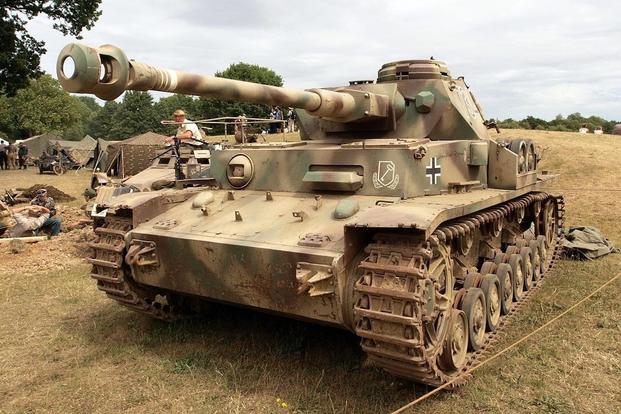The tank was introduced in World War I when Britain unveiled the then-secret weapon against German forces and were able to run these rolling fortresses right over German barbed wire and trenches, firing cannons and machine guns into German fortifications. Now, armored columns are a commander's fist, punching holes in enemy lines and then rushing through them to annihilate enemy formations.
Here are 10 tanks that shaped armored warfare, either by completely destroying their enemies or by introducing new design features that gave them the edge in combat:
10. British Centurion
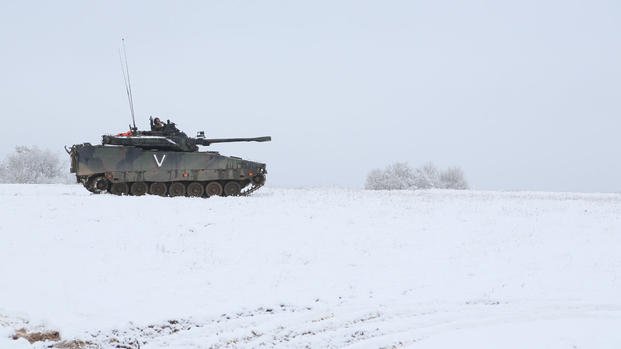
Originally designed to give British tankers and edge against German Panthers and Tigers, the Centurion arrived months after the end of World War II and ended up being the greatest Cold War tank instead. It had plate armor while cast armor was still the norm, and its 105mm gun was beefy for the time.
The British never used it in combat, but it earned lasting acclaim fighting for India and Israel. In the 1973 Yom Kippur War, Israel sent its customized Centurions to secure the Golan Heights, slaughtering Syrian tanks. Centurions converted into armored personnel carriers and engineering vehicles are still in Israeli service, 70 years after the tank's debut.
9. Panzer Mark II
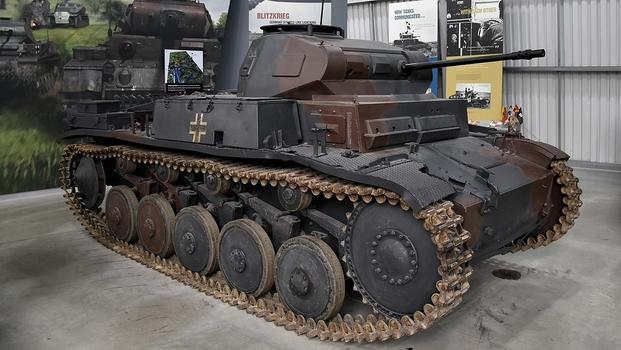
The Panzer Mark II was, to say the least, not a "Tanker's tank." It was a stopgap design to hold the line in the 1930s until the Panzer Mk. III and IV were ready. It was a light tank with limited range, an only 20mm gun, and thin armor.
But it made this list because it did perform well on the battlefield and changed future tank design for one reason: It had a dedicated gunner and a dedicated tank commander. Many tank designs, especially smaller ones with smaller crews, combined these two roles, forcing the commander to ignore the larger battlefield for crucial moments while firing. The Mark II broke from that tradition and essentially all modern tank designs have a commander and dedicated gunner.
8. British Whippet Tank
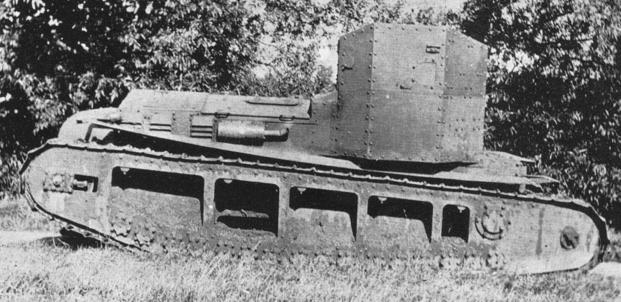
Whippets were British medium tanks in World War I that had decent armor and speed and were designed to exploit gaps in German lines created by heavier tanks. It had either three of four machine guns but no cannon, meaning that today it would've been known as an armored vehicle.
But the Whippet was one of the fastest tanks of World War I with a blistering speed of 8 mph. One upgraded Whippet could hit a much more respectable 30 mph thanks to a V-12 Rolls Royce Eagle engine. This allowed them to fly through German gaps and break up enemy formations attempting to regroup.
7. Panzer Mk. IV
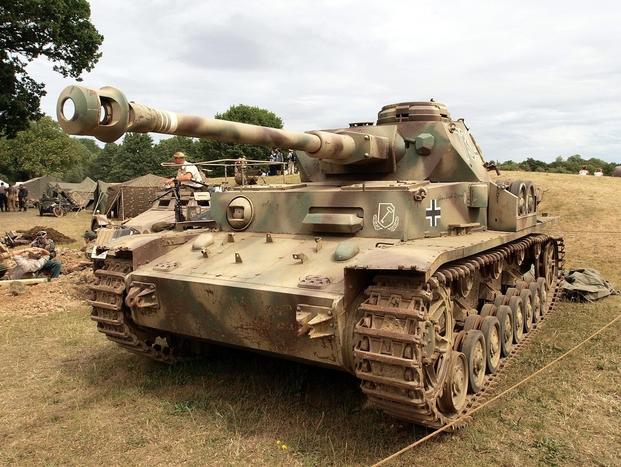
The Panzer Mk. IV served for all of World War II, starting as a heavy hitter fighting next to Panzer IIIs and eventually giving way to the more powerful and better armed Panther. The base Panzer IV was adequate in the early months of the war, but required upgrades to armor and its main gun as Allied armor got stronger.
By 1945, this resulted in a Panzer IV with a longer 75mm gun, widened tracks, and thicker armor than most medium tanks. It even had armored skirts to protect against infantry anti-armored weapons. This allowed it to tackle the Allies most numerous tanks—such as the Sherman and the T-34—with relative ease. But larger tanks were able to shred it, hence Germany's growing reliance on the late-arriving Panther as those made it to the front.
6. Char B1
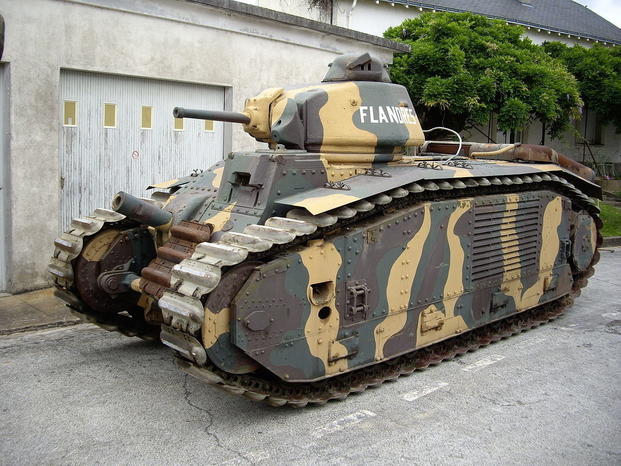
France's tanks saw limited fighting in World War II since, you know, France fell so early in the war. But a couple of French tanks made a real impact, including the Char B1 with its sloped armor, two large guns, and decent speed. Its smaller, 47mm gun could kill many tanks while its 75mm could slaughter nearly anything available in 1939.
In one battle, a single French Char B1 rolled right into a German ambush in a French town, used the 47mm gun to kill the trail tank, the 75mm gun to kill the lead tank, and then started dismantling all the tanks trapped in the middle. It shrugged off 140 German rounds during the fight and killed an entire German Panzer company.
But, you know, France still fell, so that part sucked.
5. British Mk. I

Look, to be honest, we're including this little fellow because, for a while, it was the only deployed tank in the world. The British Mk. I was the first tank, dreamed into existence by British Royal Navy engineers under the "Landship" concept that would see America's new tractors developed into weapons of war.
The Mk. 1 and its French and British descendants allowed the Allies to break the Central Power's lines and begin winning the bloody stalemate that World War I had descended into. But these tanks were far from perfect, requiring eight crew members to fight, and four to just get the massive engine started. But they carried up to two cannons and four machine guns and slowly, very slowly, 4 mph slowly, overwhelmed German forces nearly anywhere they fought.
4. Tiger Tank
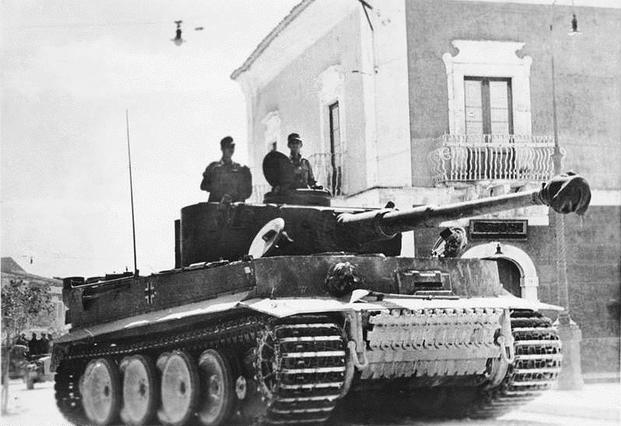
Ah, the legendary Tiger, the tank so powerful that it immediately became the focus of any battle in which it fought. Its thick armor could shrug off 75mm rounds from most guns at 50 yards. But its 88mm gun could open most Allied tanks like a can opener.
The tank was terrifying for enemy crews, but did suffer from horrible logistics issues as it required lots of maintenance and guzzled fuel. But in defensive warfare, the fuel problem was less of an issue, and single crews could destroy a dozen or more oncoming Allied machines and crews. One Tiger destroyed 18 Russian tanks on the Eastern Front, and one commander in Normandy lost six Tiger tanks while killing 25 British tanks and another 28 vehicles.
3. M4 Sherman
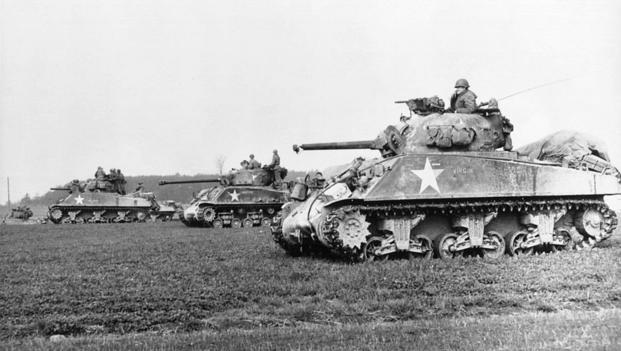
The M4 Sherman was one of the most widely deployed weapons of the war, serving with British, Canadian, Free French, Russian, and U.S. forces. The plucky little tank was designed for speed and ease of maintenance, taking limited armor and using a low-velocity 75mm gun to cut down on weight. It, unfortunately, got a reputation after the war for being a death trap, but that wasn't the reputation during the fighting.
Russian crews often preferred the Sherman to the T-34, and they had good reason. The tank was easy to maintain and spare parts were almost always available, leading to an 80 percent rate of damaged Shermans returning to combat. In fights, the Sherman was able to kill Mk. IIs and Mk. IVs, but could only attack Tigers in desperation and Panthers in strength. It was a "commander's tank," great strategically but few tankers wanted to face a heavy tank in one.
2. T-34
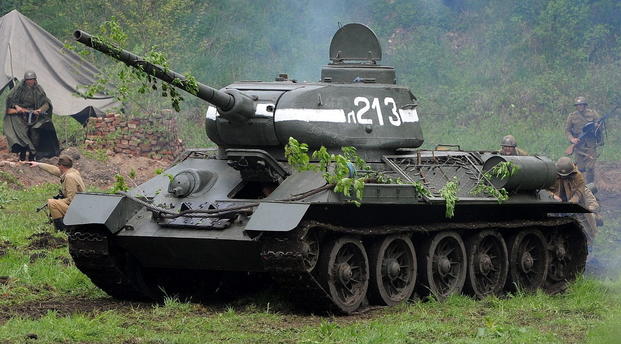
The T-34 was technically a medium tank, but its sloped armor was fairly thick and could deflect rounds like a heavy, and its powerful engine could propel it to 35 mph while its 76mm high-velocity gun could kill any other tank in the world at the time. Its combat debut came when Germany invaded Russia in Operation Barbarossa.
The Germans were forced to call on any weapon they thought could pierce the armor, deploying anti-aircraft guns and infantrymen carrying shaped charges to try and take the T-34 down. It was a leading factor in the Russian victory at the Battle of Kursk, the largest tank battle in history, and it eventually became the most-produced tank of the war.
1. M1 Abrams Tank
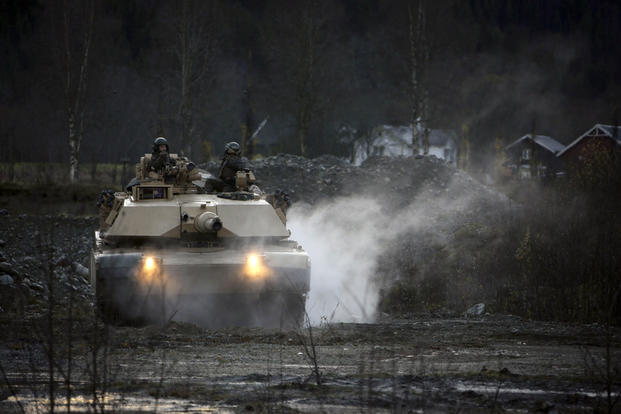
The legendary M1 Abrams main battle tank is a gas-guzzling, sabot-throwing, and armor decimating beast. Its turbine engines produce massive amounts of power that allow it to hurtle across the battlefield at over 40 mph despite its 68-ton weight. And while it started life with a 105-mm gun, it was quickly upgraded to a 120mm smoothbore capable of firing a lot of different rounds including its deadly depleted-uranium sabot rounds.
During Desert Storm, Abrams tanks faced off against Soviet-made T-72s and were overwhelmingly powerful. At the Battle of 73 Easting, future-National Security Advisor Capt. H.R. McMaster took a single armored cavalry company against an Iraqi division and cut a "five-kilometer wide swath of destruction" while suffering zero losses. It's still in service with the U.S. and other forces, but America has started eyeing either a new light or main battle tank.
MORE POSTS FROM WE ARE THE MIGHTY:
7 helpful habits that veterans instantly toss out after leaving
Why veterans tapping a drink on the bar is a sign of respect
4 ways nicknames in the military are nothing like in pop culture
We Are The Mighty (WATM) celebrates service with stories that inspire. WATM is made in Hollywood by veterans. It's military life presented like never before. Check it out at We Are the Mighty.
